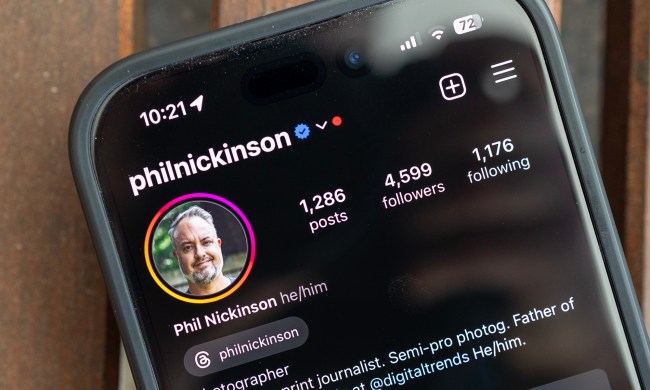
Facebook announced on Friday that it is scrapping story descriptions for its Trending topics, which was one of the main tasks assigned to Facebook’s editorial team. Consequently, the Trending feed now contains the headings for the most talked about and shared stories on the site, and the numbers relating to how many users are discussing that particular topic. “This is based on the number of original posts that mention the topic and shares of posts about the topic,” Facebook stated.
“A more algorithmically driven process allows us to scale Trending to cover more topics and make it available to more people globally over time,” the company claimed in a blog post. If you’re seeking a description for what may otherwise seem like a cryptic keyword or trending hashtag (such as #PhelpsFace), hovering over the topic will bring up an article preview from a popular news source.

However, despite Facebook’s efforts, the feed is still not completely algorithmic. In Facebook’s words, “there are still people involved in this process” whose main role is to “ensure that the topics that appear in Trending remain high-quality.”
Essentially, Facebook still requires an old-fashioned human touch to make sure that its algorithm doesn’t keep showing you the mundane topics that people consistently talk about on the platform — such as #lunch.
As you may recall, Facebook faced a huge backlash earlier this year when some of its former employees alleged in a report that they had been curating the results on its Trending feed to suppress conservative news stories, regardless of their popularity. Speculation was rife regarding the role of management in the editorial process, and whether bias on the feed had become systematic.
As a result, Facebook has fast-tracked the path to autonomy with today’s changes. In regards to the update,


